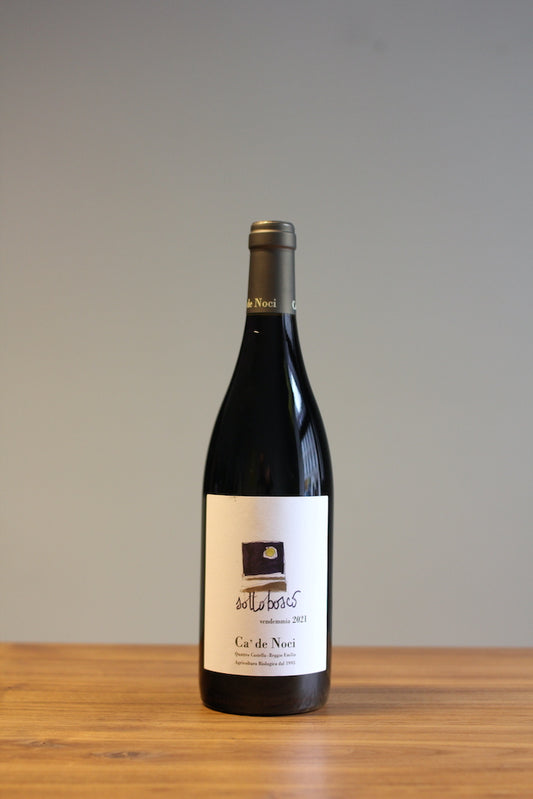Free shipping within Austria from € 99
Free shipping to Germany from € 120
Shipping costs within the EU
Payment methods
Collection: Malbo Gentile
Malbo Gentile is part of that illustrious group of grape varieties whose skins are so thick they could easily be mistaken for tree bark. Where the gentile ("kind, gentle") in its name comes from is anyone’s guess—but then again, there was also Claudio Gentile (Juventus's iron-footed defender), and he hardly lived up to his surname either.
Malbo Gentile is an old variety that has only recently begun to regain a bit of popularity. There are records of it being cultivated as far back as the 18th century, but it then vanished completely from view. It wasn’t until 1960 that it was rediscovered—behind a dirty old sign at the Istituto di Stato per l’Agricoltura e l’Ambiente in Persolino. The sign read Amabile di Genova (yet another euphemism). Upon closer inspection, it turned out to be Malbo Gentile. Another 30 years passed before the first vinification experiments were conducted using dried grapes—and it became clear that this variety offered not only misleading names but also immense potential.
Things didn’t take off overnight, but a handful of winemakers—both in Emilia and in Romagna—took an interest in the grape. Today, around 10 hectares are planted with Malbo Gentile.
It quickly became apparent that the variety behaves very differently on the vine depending on the region: lush and compact in Emilia, loose and airy in Romagna.
This is due to the differing soil conditions—Emilia being fertile and rich, while Romagna is more barren and calcareous. Yet in both places, the grape proves highly resistant and robust. In 2002, when it rained nonstop from summer into fall and most vineyards rotted, only the Malbo plots seemed to thrive, even in the deluge.
In addition to its pronounced tannins, the variety also offers good acidity and is primarily defined by dark fruit aromas. The prerequisites for a great variety are therefore in place—though ultimately, everything depends on the winemaker’s touch. Do you ferment without temperature control to allow full tannin extraction, or do you intervene cautiously? How long should the wine stay on the skins? What vessels do you choose for aging? Fortunately, there are many different answers to these questions, which is why you can taste your way through an impressively wide range of styles.
Beyond single-varietal vinifications, especially in Emilia, there are also several excellent Lambruscos that gain significant structure, juiciness, and tannic backbone from just a small percentage of Malbo.
-
Brine d'Aprile 2020
Vendor:Ca' de NociRegular price €26,80 EURRegular priceUnit price / per -
Sottobosco 2021
Vendor:Ca' de NociRegular price €22,80 EURRegular priceUnit price / per


